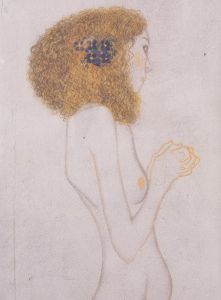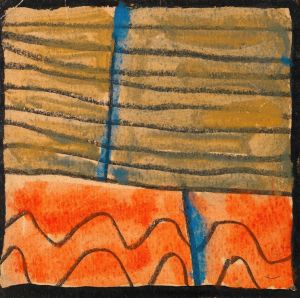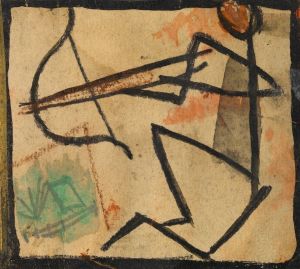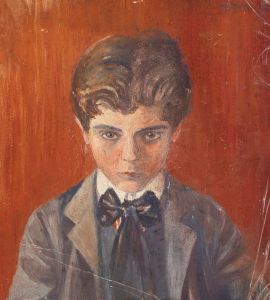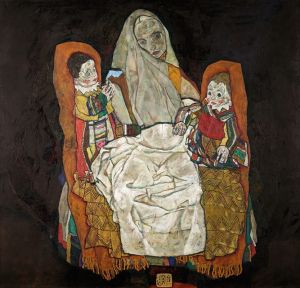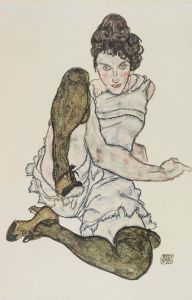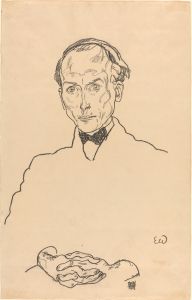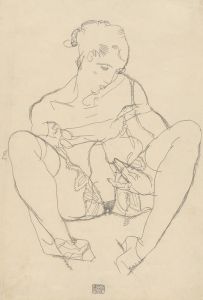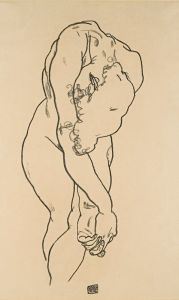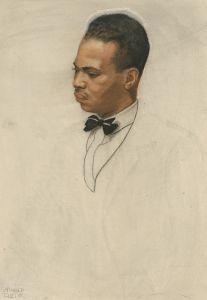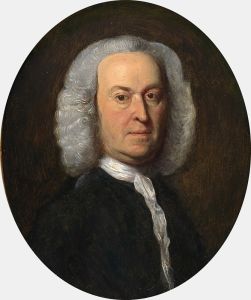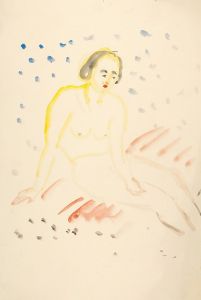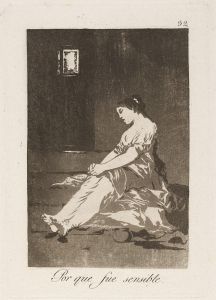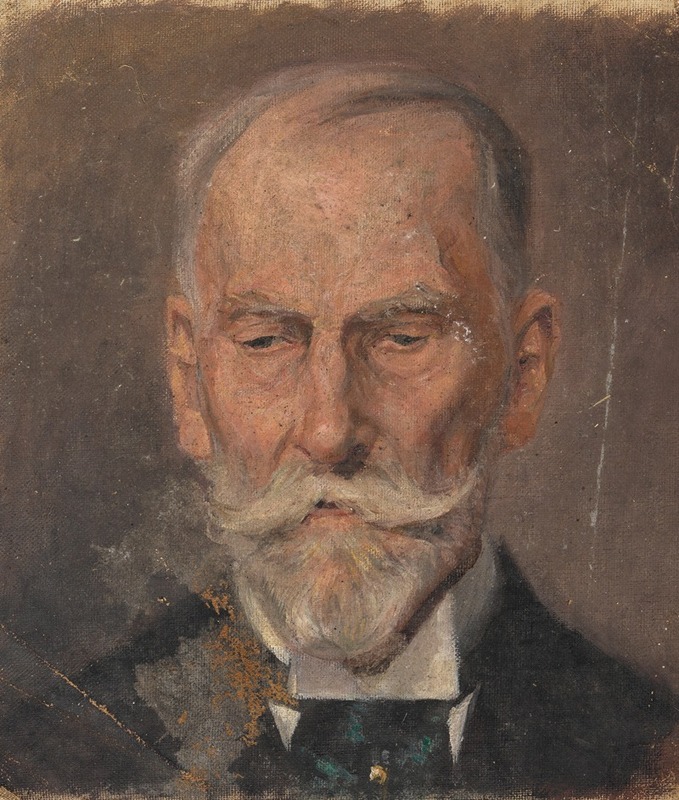
Herrenporträt
A hand-painted replica of Egon Schiele’s masterpiece Herrenporträt, meticulously crafted by professional artists to capture the true essence of the original. Each piece is created with museum-quality canvas and rare mineral pigments, carefully painted by experienced artists with delicate brushstrokes and rich, layered colors to perfectly recreate the texture of the original artwork. Unlike machine-printed reproductions, this hand-painted version brings the painting to life, infused with the artist’s emotions and skill in every stroke. Whether for personal collection or home decoration, it instantly elevates the artistic atmosphere of any space.
Egon Schiele, an Austrian painter known for his distinctive style and significant contribution to early 20th-century art, created numerous works that continue to captivate audiences. One of his paintings, "Herrenporträt," exemplifies his unique approach to portraiture. Schiele was a protégé of Gustav Klimt and a major figurative painter of the early 20th century. His work is noted for its intensity and raw emotional expression, often exploring themes of sexuality, death, and the human form.
"Herrenporträt," which translates to "Gentleman's Portrait," is a testament to Schiele's skill in capturing the psychological depth of his subjects. Schiele's portraits are characterized by their bold lines, expressive use of color, and often, a sense of discomfort or tension. He frequently employed a distorted perspective, which added an emotional intensity to his work, setting him apart from his contemporaries.
The painting likely features a male subject, as suggested by the title, and is rendered in Schiele's signature style. His portraits often depict individuals with elongated limbs and exaggerated features, which serve to convey the inner turmoil or complex emotions of the subject. Schiele's use of color is also noteworthy; he often used a limited palette to emphasize certain aspects of the subject's character or mood.
Schiele's approach to portraiture was innovative for his time. He moved away from the traditional, idealized representations of individuals, opting instead for a more honest and sometimes unsettling portrayal. This approach was part of a broader movement in art during the early 20th century, where artists sought to break away from established norms and explore new ways of seeing and representing the world.
The context in which Schiele created "Herrenporträt" is also significant. The early 1900s were a period of great change and upheaval in Europe, with the lead-up to World War I and the eventual collapse of the Austro-Hungarian Empire. Artists like Schiele were responding to these changes, both in their personal lives and in their work. His portraits often reflect a sense of existential anxiety and a questioning of identity, themes that were prevalent in the art and literature of the time.
Egon Schiele's work, including "Herrenporträt," has had a lasting impact on the art world. His exploration of the human condition, combined with his distinctive style, has influenced countless artists and continues to be studied and admired. Schiele's ability to convey deep emotion and psychological complexity through his art makes his portraits, including "Herrenporträt," enduring pieces that resonate with viewers even today.
While specific details about the individual depicted in "Herrenporträt" may not be widely documented, the painting remains an important part of Schiele's oeuvre, illustrating his mastery of portraiture and his contribution to the Expressionist movement. Schiele's work is celebrated for its boldness and its ability to capture the essence of the human experience, making "Herrenporträt" a significant piece in understanding his artistic legacy.





